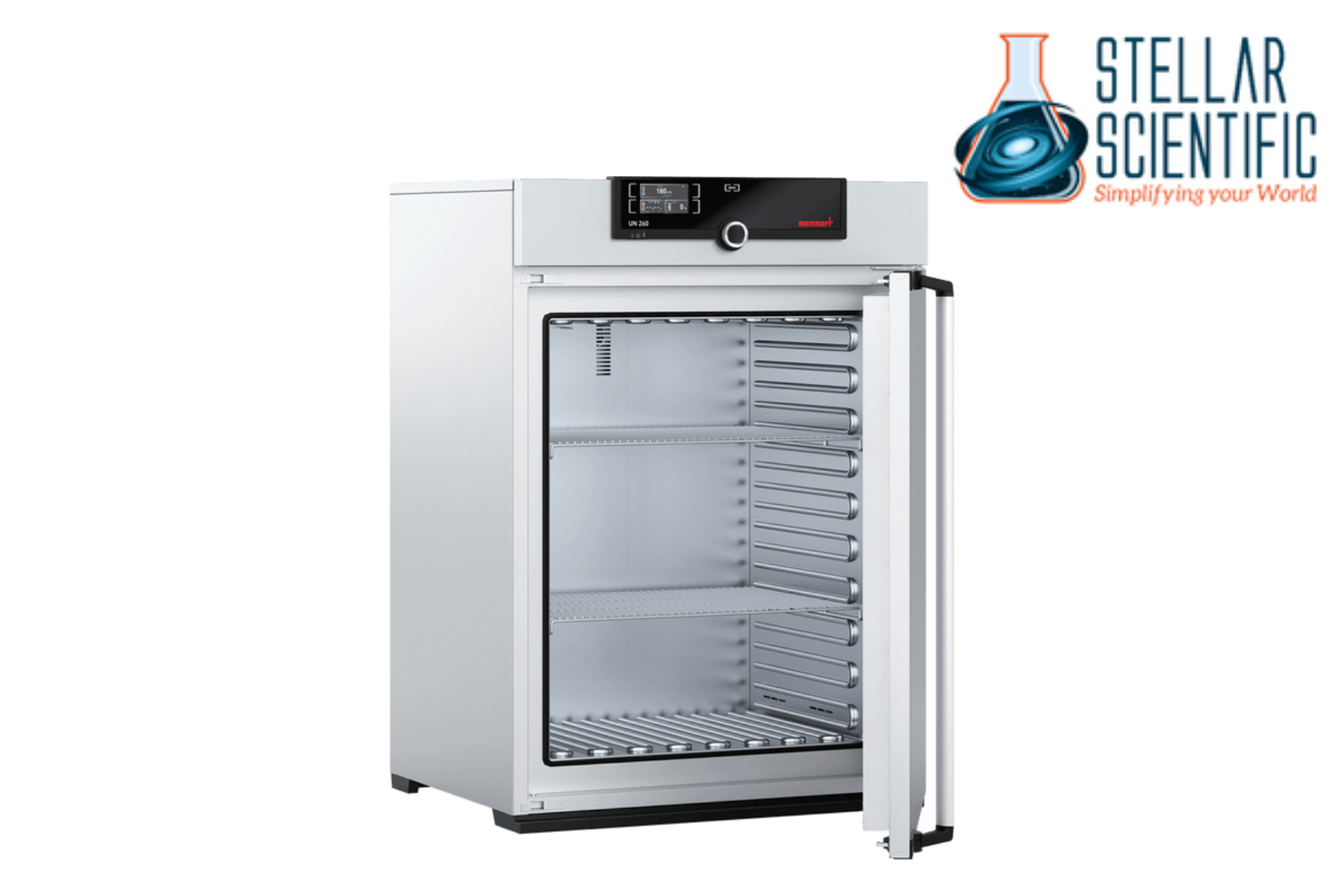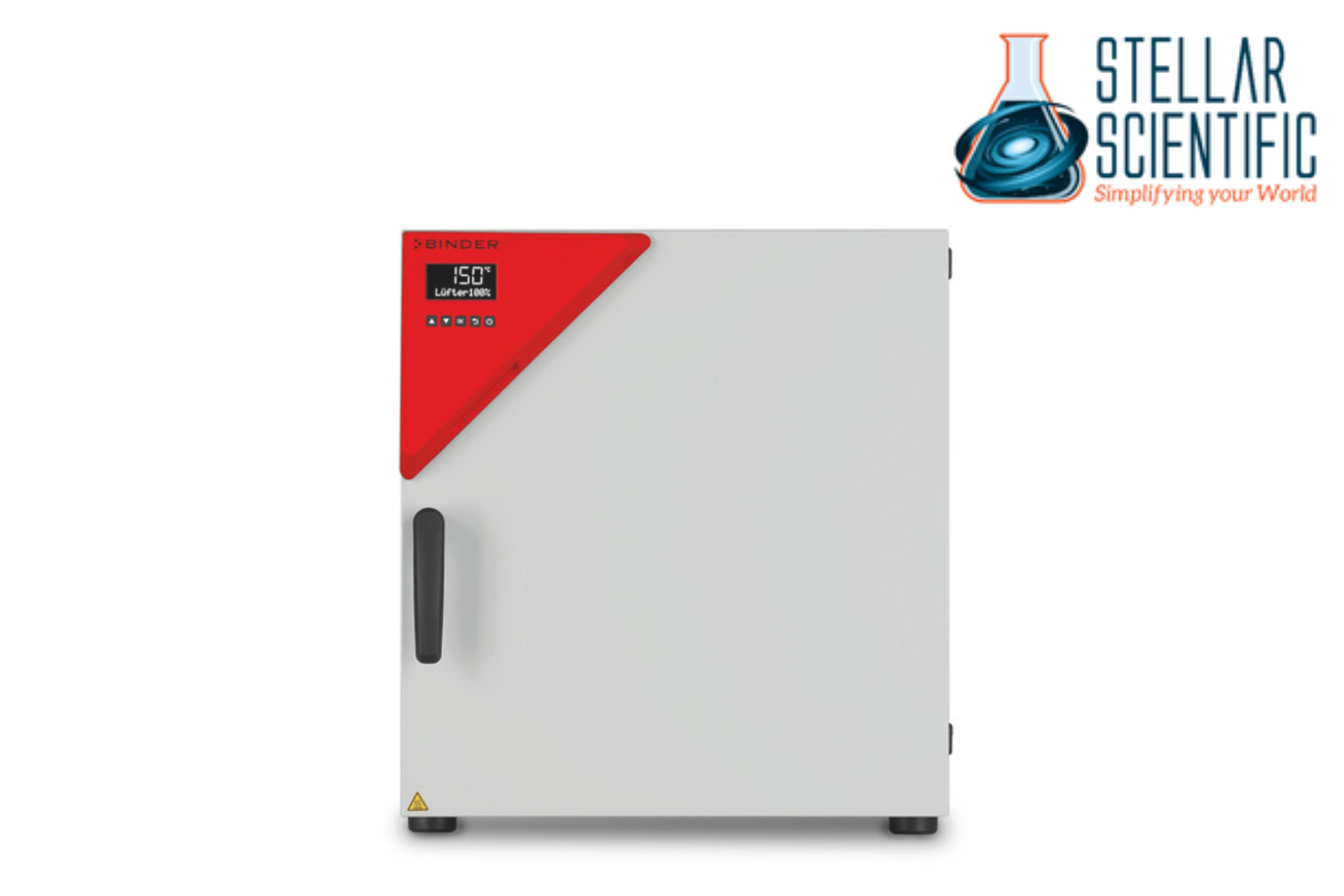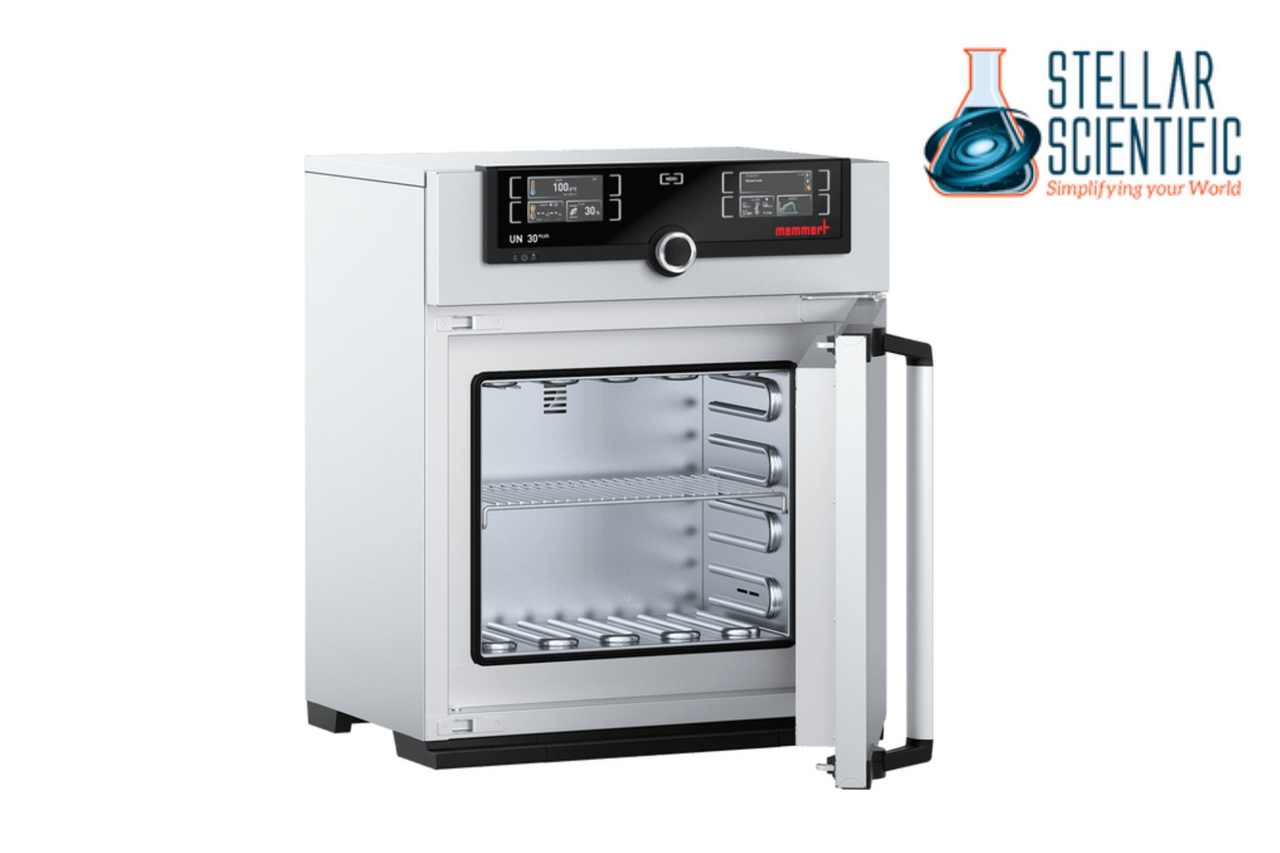In laboratory environments where precise temperature control is essential, gravity convection ovens provide a reliable and consistent heat source. Unlike mechanical convection ovens that use fans to circulate air, gravity convection ovens rely on the natural rise and fall of heated air to maintain uniform temperatures within the chamber. This passive method of heat distribution ensures gentle, even heating, making it ideal for a wide variety of sensitive applications.
Whether used for drying, curing, baking, or sterilizing, gravity convection ovens deliver consistent performance with fewer moving parts, reduced contamination risk, and minimal maintenance. For researchers and lab technicians looking for steady, undisturbed heat, this design continues to be a trusted solution.

How Gravity Convection Works
Gravity convection oven operates on the principle of natural air movement. As air inside the oven is heated, it becomes less dense and rises. Cooler, denser air descends to the bottom, where it is subsequently heated and begins to rise again. This cyclical motion creates a gentle and continuous flow of warm air throughout the chamber.
Unlike forced-air models that may create turbulence, gravity convection provides a stable, low-vibration environment. This makes it especially suitable for applications where sample disturbance must be minimized, such as drying delicate glassware, warming reagents, or aging biological materials.
Benefits of Gravity Convection Ovens
1. Consistent, Gentle Heating
Gravity convection delivers a uniform temperature profile without the need for fans or blowers. This allows for slower and more controlled heating, which is beneficial when working with sensitive materials that could degrade or become damaged with rapid temperature changes or mechanical airflow.
2. Reduced Contamination Risk
Since gravity convection ovens don’t use fans, there’s less risk of airborne contaminants being introduced or recirculated within the chamber. This feature makes them ideal for laboratories focused on microbiology, cell culture, or pharmaceutical testing, where cleanliness and sterility are top priorities.
3. Quieter Operation
Without mechanical components like blowers, gravity convection ovens run more quietly than their forced-air counterparts. This can be a significant advantage in lab environments that prioritize low-noise operation, particularly in shared workspaces or when equipment is located near sensitive instruments.
4. Lower Maintenance Requirements
With fewer mechanical parts, the gravity convection lab oven is generally more durable and requires less maintenance over time. There are no fans to wear out or filters to replace, which contributes to a longer lifespan and lower overall cost of ownership.
5. Energy Efficiency
Because these ovens do not rely on motors to circulate air, they tend to consume less energy during operation. This can be beneficial for labs looking to reduce energy costs or meet sustainability goals without sacrificing performance.
Common Laboratory Applications
Gravity convection ovens are versatile tools used across various scientific disciplines. Their gentle heating and steady temperature control make them suitable for:
Drying and Curing
Used to remove moisture from glassware, samples, or instruments. The slow, steady heating prevents damage to delicate materials and minimizes thermal stress.
Sample Warming
Ideal for warming reagents, buffers, or media to desired temperatures before use in assays, reactions, or cell culture applications.
Material Testing
Materials like plastics, composites, and textiles can be exposed to elevated temperatures to assess their durability, strength, and thermal resistance.
Stability Testing
Pharmaceutical and cosmetic labs use gravity ovens to simulate shelf-life conditions, ensuring products maintain quality over time under controlled temperature environments.
General Laboratory Incubation
Though not substitutes for biological incubators, gravity convection ovens can be used for low-humidity incubation of certain non-living samples or drying post-wash items.
Choosing the Right Gravity Convection Oven
When selecting a gravity convection oven for your laboratory, several factors should be considered to ensure it meets the needs of your specific application.
Temperature Range and Accuracy
Ensure the oven has a sufficient temperature range for your procedures. Most gravity convection ovens operate comfortably between ambient +5°C and 200–300°C. Look for models with tight temperature uniformity and digital controls for precise adjustments.
Interior Volume
Ovens come in a range of sizes from compact benchtop units to large-capacity models. Choose a size that accommodates your daily workload without wasting energy on unused space.
Construction Materials
Interior chambers made from stainless steel resist corrosion and are easy to clean. Insulated exteriors improve energy efficiency and help maintain stable internal temperatures.
Safety Features
Look for safety features such as over-temperature protection, temperature alarms, and double-walled construction to ensure user and sample safety during prolonged heating cycles.
Shelving and Configuration
Adjustable or removable shelves offer flexibility in arranging different sizes and types of samples. Some models also provide optional accessories like perforated shelves or locking doors for added convenience.

Best Practices for Gravity Convection Oven Use
To get the most from your gravity convection oven, it's important to follow some simple best practices:
- Preheat before use: Allow the oven to reach the desired temperature before placing samples inside to ensure uniform heating.
- Avoid overcrowding: Leave adequate space between items to allow natural airflow to circulate around each sample.
- Use proper containers: Select heat-resistant, compatible labware that won’t warp or off-gas under heating conditions.
- Monitor regularly: Use external thermometers or internal probes to verify temperature accuracy, especially for critical procedures.
- Perform routine cleaning: Wipe down interior surfaces regularly to prevent residue buildup that could interfere with airflow or contaminate future samples.
Enhancing Lab Efficiency with Gravity Convection Designs
In fast-paced laboratory settings, equipment that performs reliably without added complexity is highly valuable. Gravity convection ovens offer that simplicity and consistency. Their ability to deliver stable, even heating with minimal maintenance makes them a mainstay in labs that prioritize safety, efficiency, and accuracy.
Whether you're setting up a new lab or upgrading outdated equipment, investing in a gravity convection oven can have a lasting impact on your workflows. Its passive design eliminates unnecessary variables and lets scientists focus on what matters most, conducting high-quality, reproducible research.
About Stellar Scientific
At Stellar Scientific, we provide laboratory professionals with dependable equipment designed to support safe, consistent, and accurate results. Our collection includes high-performance gravity convection ovens, as well as a full range of lab essentials from temperature-controlled equipment and plastic consumables to microscopes, pipettes, and centrifuges.
We take pride in offering competitively priced products backed by expert support and fast, responsive service. Our curated inventory is selected with your lab’s performance and compliance needs in mind, helping ensure that every product meets rigorous standards.


